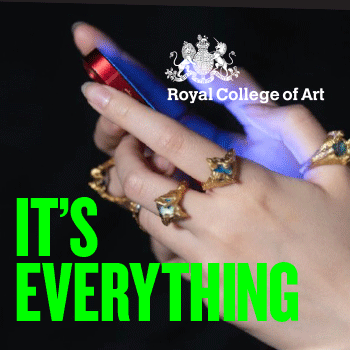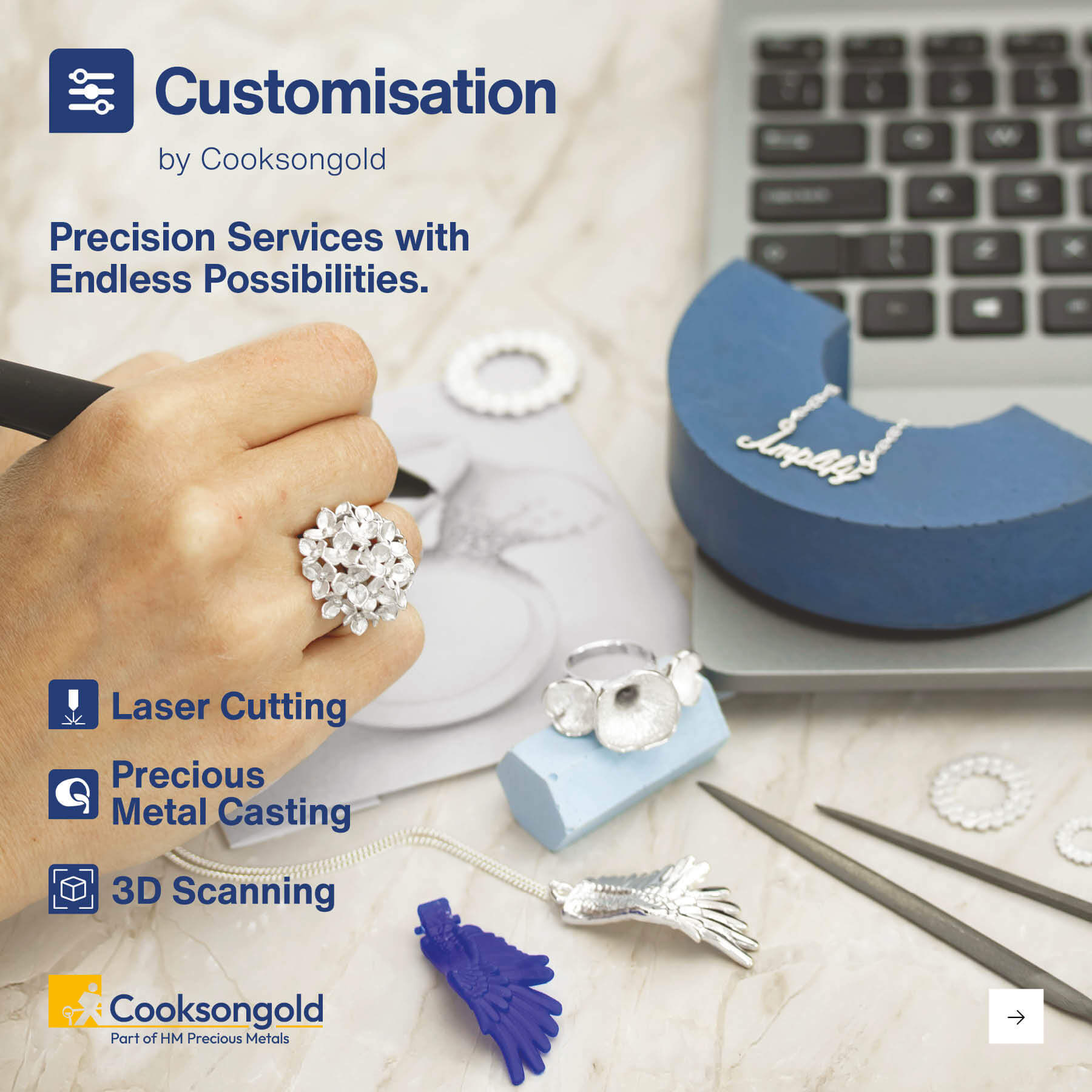Partially Constructed
Items Advice Issued
British Hallmarking Council issues guidance on hallmarking of partially constructed items
Reading Time:
1 min {{readingTime}} mins
The British Hallmarking Council (BHC) publishes guidance on hallmarking of partially constructed items.
Assay Offices can apply hallmarks to partially constructed items, providing certain conditions are met. These conditions are designed to ensure that the finished article complies with the Hallmarking Act.
The BHC’s guidance sets out the conditions:
- The article must be sufficiently advanced in workmanship
- If composed of one or more parts, all parts must be present: the guidance gives some examples of required components
- The article must comply with Hallmarking Act conditions, eg as to fineness, to permit it to be hallmarked
- If an article is submitted disassembled, it must be assembled using only the metal parts that were submitted with it.
- In addition, the guidance reminds manufacturers that additions or alterations to hallmarked items may only be made with the written consent of an Assay Office.
The British Hallmarking Council guidance on the submission of partially constructed articles of precious metal for hallmarking and the alteration of articles bearing an approved hallmark
Part assembled items
The Assay Offices have always been required to apply hallmarks to partially constructed items submitted for hallmarking at an early stage of manufacture. The Hallmarking Act makes provision for this but also specifies the conditions that must be met before a hallmark can be applied to such items. In such cases Schedule 5, section 2
(1) of the Hallmarking Act states that:
Upon receipt of any article submitted to an assay office for assay and hallmarking, the assay office shall examine the same to ascertain whether it is in their opinion sufficiently advanced in workmanship and, if composed of one or more parts, whether all the parts are present, and also whether the article complies with the conditions of this Act so as to permit it to be struck with the approved hallmarks;
and, if the assay office are dissatisfied as respects any of the foregoing matters, they shall return the article without making an assay thereof
Each of the UK Assay Offices also covers this important pre-condition to hallmarking in their individual trading terms and conditions.
Despite the above, each of the offices regularly receives partially constructed items where all the necessary parts are not present. When the missing parts are requested, customers often believe that the decision to withhold a hallmark until all parts are present is at the discretion of the Assay Office. While the Assay Offices do not wish to delay parcels submitted for hallmarking, the Assay Offices and makers have a legal obligation to meet the conditions prescribed within the Hallmarking Act.
This guidance aims to clarify the requirements of the Hallmarking Act and remind makers of their obligations to meet them.
The following are provided by way of common examples of parts that are often missing from consignments. The list is not exhaustive. As a rule, all metal parts that will go to make up the article must be present when an item is submitted for hallmarking.
Article Required Components
- Earring Post or hook, butterfly/scroll and all other
- metal components that will be used.
- Ring Shank, head, setting(s)
- Brooch (including kilt pin) Catch fittings and pin
- Pendant Bail, jump ring(s)
- Cufflink Toggle, whaleback or chain
- Bracelets and Necklaces Jump rings, chain and catches
Component parts and alterations to a hallmarked article
The Assay Offices have been made aware that there have been cases where manufacturers have offered to supply hallmarked component parts rather than complete articles and where these hallmarked components may go on to be combined with untested parts.
Section 5 (1) of the Act also makes provision for alterations to hallmarked articles and states:
It shall be an offence for any person to make an addition, alteration or repair to an article bearing approved hallmarks, except in accordance with the written consent of an assay office.
If an article is submitted disassembled it should be assembled using only the metal parts that were submitted with it. If after hallmarking the component which bears the hallmark is combined with different parts which have not undergone assay with the hallmarked component this will constitute an offence under Schedule 5(1) of the Hallmarking Act.
The British Hallmarking Council supervises the hallmarking activities of the four assay offices in the UK to ensure there is adequate provision of hallmarking within the UK. It is an executive Non-Departmental Public Body established and governed by the Hallmarking Act 1973.
Author:
Published:











